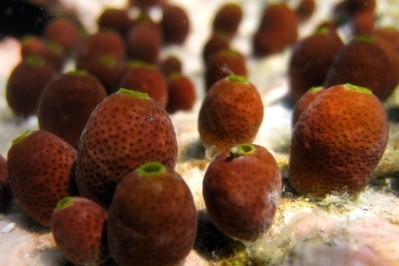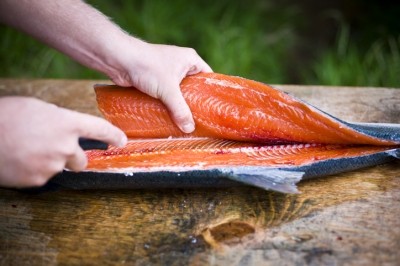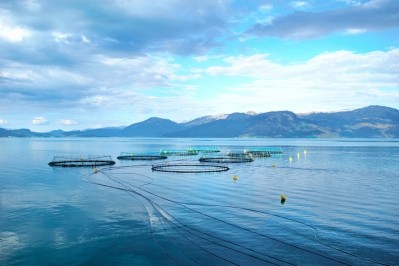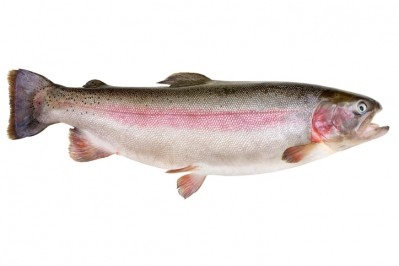Omega-3 and zinc are essential for barrier tissue health and robustness in salmon: Nofima
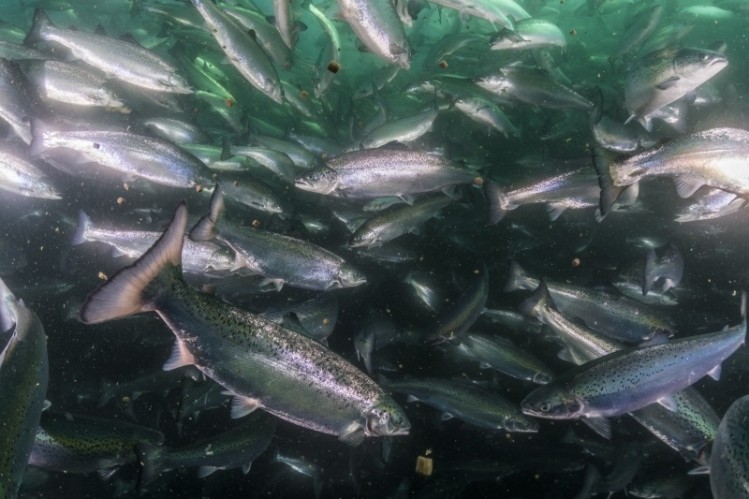
The Norway based institute, which works on applied research related to fisheries, aquaculture and food research, had previously reported that salmon skin is strengthened if there is enough of those particular nutrients in the feed.
Nofima scientists have been examining the correlation between zinc, the marine omega-3 fatty acids, EPA/DHA, and the skin, intestine and gill barrier tissues of salmon for a while. The barrier tissues are salmons’ first-line of defense against all kinds of external influences, from poor water quality and handling to exposure to pathogens, they said.
They noted the change in the composition of salmon feed in recent years, with a high proportion of plant-based raw materials, saying there is not enough knowledge about how this affects the function of the barrier tissues.
The Norwegian researchers saw that the amount of zinc in the feed has a distinct effect on the composition of phospholipids, building blocks in cell membranes, and that any alternation of phospholipid composition can affect tissue barrier functionality. The level of omega-3 in the feed also seems to have an effect on the utilization of zinc, in that it affects the absorption of zinc in the intestine and the level of zinc in whole salmon, reported Gerd Marit Berge, senior scientist at Nofima.
“We have noticed that it is necessary to have enough omega-3 to best utilize zinc in the feed, and enough zinc is important to achieve a good composition of phospholipids, which in turn provide good barrier function. Such interaction between nutrients is important to understand,” she said.
When asked if the Nofima team actually nailed down the optimum levels of zinc as well as DHA and EPA content in salmon feed to ensure the proper functioning of the barrier tissues, Elisabeth Ytteborg, scientist, Nofima, told FeedNavigator:
“We can say that omega-3 and zinc are essential for barrier health and robustness, and that it seems that these two components interact. However further studies are needed to determine the exact levels needed in the feed."
RAS based study
The Nofima team conducted tests at its facility in Sunndalsøra on salmon from parr to post smolt size in recirculating aquaculture systems (RAS) given the recent expansion of RAS production.
Salmon held in recirculated water are exposed to a completely different aquatic environment with different densities of fish, microbiota and particles compared to flow-through systems, they said.
Reduced content of the omega-3 fatty acids EPA and DHA in the feed provided reduced content of the same fatty acids in phospholipids in the skin, intestines and gills, found the Norwegian researchers.
Their investigation also indicated that less omega-3 in the feed could reduce the intestinal barrier function by disrupting fluid absorption and salt balance regulation. “Since the intestinal function changes, one can imagine that the level of omega-3 in feed can also affect the absorption of nutrients other than zinc.”
Different levels of both zinc and omega-3 in the gills led to altered expressions in a large number of genes, especially when transferring to seawater. The genes were linked to functions such as tissue organization, metabolism and signal transmission, they said.
“In general, the changes in gene expression suggest a comprehensive reorganization of gill tissue when transferring the salmon to sea water. Salmon go through a process of major physiological changes before they are transferred to seawater, and if we can give them one type of feed that better meets the demands of this period, it can contribute to higher survival rates at sea,” said Berge.
